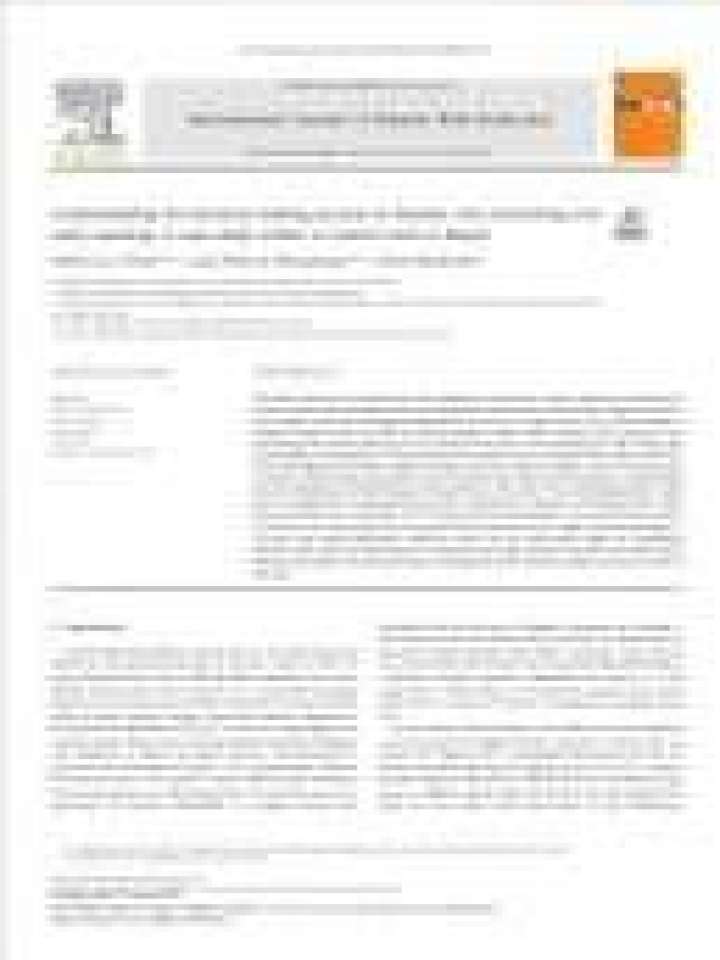Understanding the decision-making process in disaster risk monitoring and early-warning: A case study within a control room in Brazil
The tasks of disaster risk monitoring and early warning are an important means of improving the efficiency of disaster response and preparedness. However, although the current works in this area have sought to provide a more accurate and better technological infrastructure of systems to support these tasks, they have failed to examine key features that may affect the decision-making. In light of this, this paper aims to provide an understanding of the decision-making process in control rooms for disaster risk monitoring and early warning. This understanding is underpinned by a conceptual framework, which has been developed in this work and describes factors that influence the decision-making. For doing so, data were collected through a series of semi-structured interviews and participatory observations and later evaluated with members of the control room of the Brazilian Center for Monitoring and Early Warning of Natural Disasters (Cemaden). The study findings provided a solid basis for designing the conceptual framework of the essential factors required by the decision-makers. These factors are separated into two groups: 1) the “dimensions” of decision-making (i.e., the type of hazard, the phase of the disaster risk, the location, and area of expertise of the operators) and the “pillars” of decision-making (i.e., the tasks, their required information, useful data sources, and the decision rule). Finally, the contributions achieved in this study may help operators to understand and propose proactive measures that could improve their decision-making, overcome uncertainties, standardize the team's decision-making, and put less pressure on operators.
Explore further
